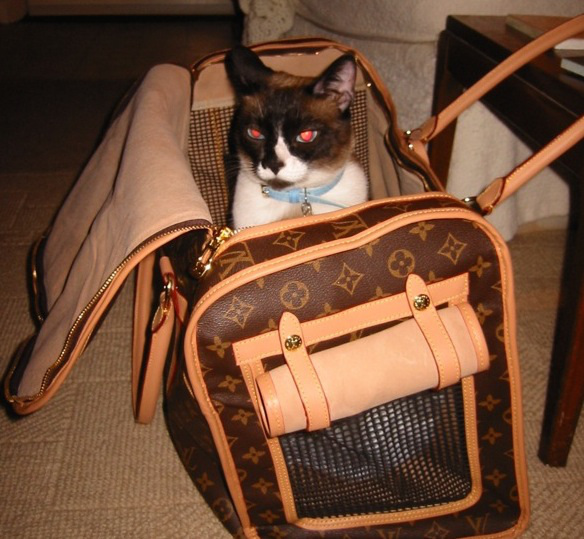Luxury Accessory Counterfeiters Change Their Methods, Brands Must Catch Up

(Christine)
At the same time, consumers who can afford to drop a few thousand dollars on items like watches or purses are more comfortable making those purchases online, which makes it even more important that they’re sure the items they’re ordering are genuine.
There are now companies that specialize in this specific field: a recent Bloomberg News article featured MarkMonitor and Data & Data exist specifically to do this for brands that are likely to be counterfeited, though of course they can’t tell you who their clients are. Their method is to trace the seemingly infinite number of sites selling bogus goods back to the relatively few masterminds that run the sites.
One marketplace notorious for counterfeit goods is trying to become less notorious and carry fewer counterfeit goods. Alibaba has relationships with makers of fancy accessories that range from friendly to litigious, and has formed special partnerships with some brands that allow them to order faster takedowns of counterfeit items.
How much money is at stake? One research firm estimates that counterfeit sales –– even sales for more than 50 bucks –– result in $82 billion in lost sales for designer and luxury brands every year.
Luxury Firms Fight Online Fraudsters Over Expensive Fakes [Bloomberg]
Want more consumer news? Visit our parent organization, Consumer Reports, for the latest on scams, recalls, and other consumer issues.

